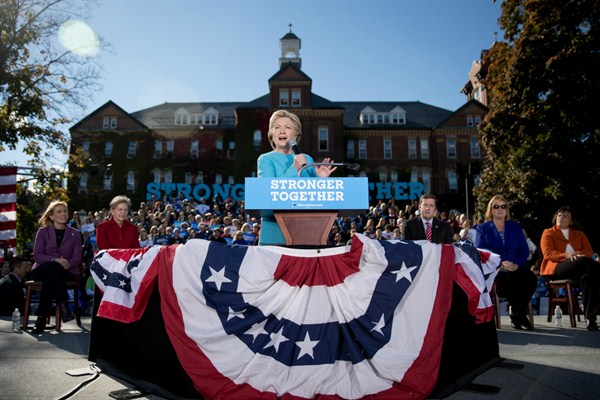In 2006, Time Magazine famously named “you”—the producers of user-generated internet content—as its collective person of the year. The following year’s choice was more orthodox: a head of state, Russia’s Vladimir Putin. The stark contrast between the historical implications of each selection might not have been fully appreciated at the time, but they stand out more clearly now. The first represents the anarchic diffusion of power from the state to the individual made possible by the advances in information and communications technologies. The second represents the major countervailing trend in global politics today, namely the return of authoritarian leaders concentrating power in a personalized state.
This dichotomy between hyper-empowered nonstate actors and hyper-empowered state leaders roughly correlates to the two major challenges facing U.S. foreign policy that I sketched out in a recent column: fragile states and the return of great power rivalry. In parts of the world, the two trends play out distinctly: Asian geopolitics are dominated by the great power rivalry between the U.S. and China, while Africa and parts of Latin America are characterized more by state fragility. In other regions, the two trends overlap and exacerbate each other, with the Middle East—particularly Syria and Yemen—being the prime example.
Parallel to these global trends is the phenomenon of rising nationalism in Europe and more recently the United States. This populist backlash presents an intermediate challenge of renegotiating the social contract between democratic states and their citizens who increasingly feel left behind by regional and global integration schemes. Liberal democracies have been severely compromised as the preferable alternative to the forces of disorder that are weakening fragile states on one hand, and the forces of control that are strengthening authoritarian governments on the other.

